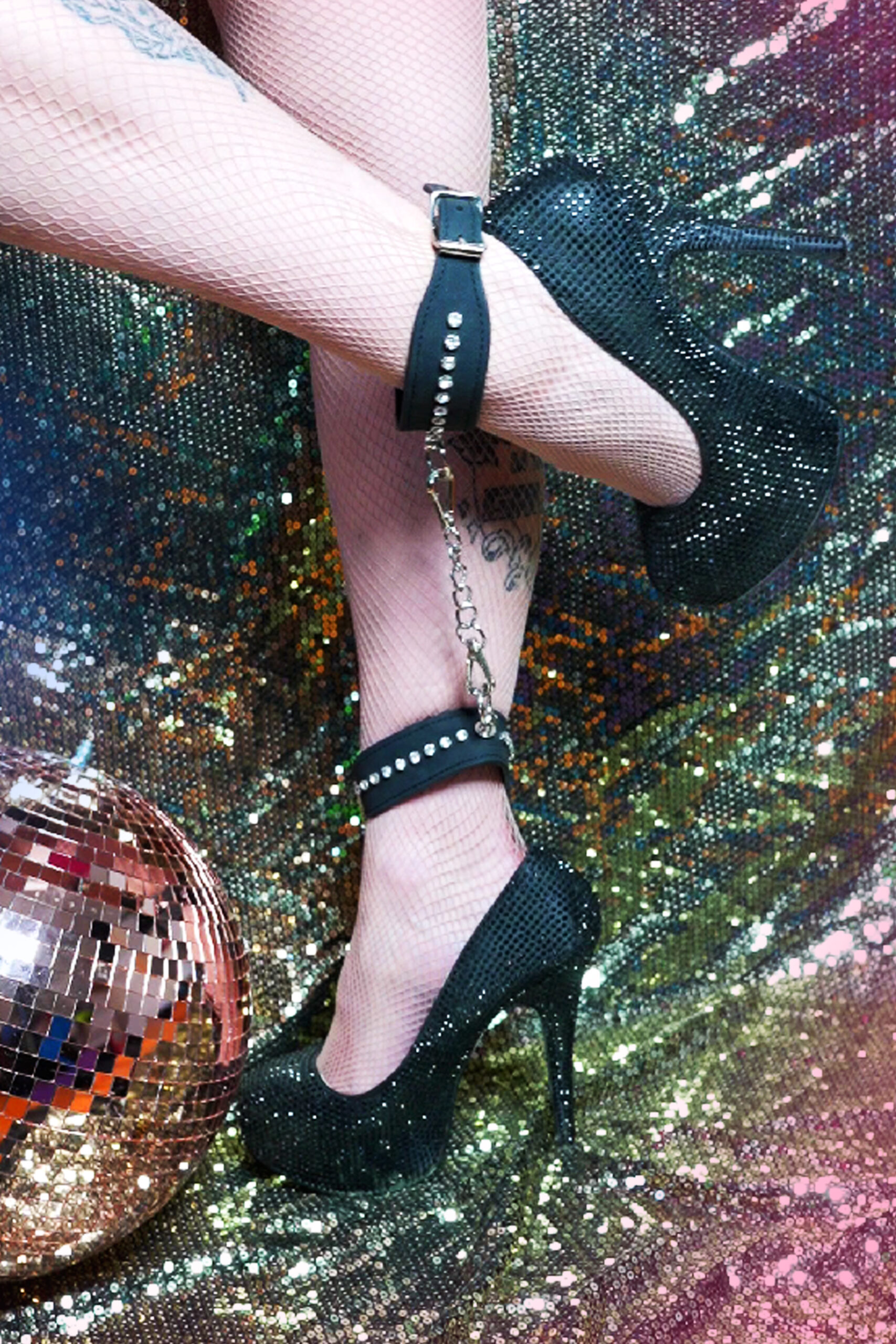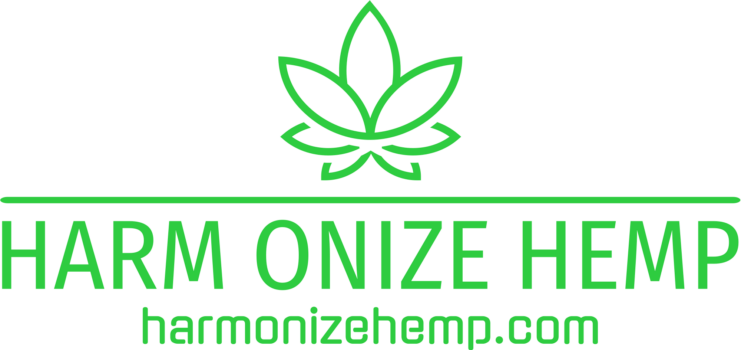The Spectrum of Gender and Sexuality
Human identity is multifaceted, encompassing a spectrum of gender expressions and sexual orientations that extend far beyond traditional binaries. This exploration delves into the complex and interconnected nature of gender and sexuality, recognizing that individuals may identify with multiple or fluid identities along these continua.
Defining Gender Identity
Understanding the spectrum of gender and sexuality requires moving beyond rigid categories and embracing the fluidity of human experience. Gender identity refers to an individual’s deeply held internal sense of their own gender, which may or may not align with the sex they were assigned at birth. This sense of self can range from identifying as male, female, a blend of both, or neither.
Sexual orientation encompasses a person’s enduring physical, romantic, and/or emotional attraction to others. This spectrum includes orientations such as heterosexual, homosexual, bisexual, pansexual, asexual, and many others. It’s important to note that these categories are not mutually exclusive, and individuals may experience their sexual orientation in diverse and multifaceted ways.
The intersectionality of gender and sexuality emphasizes the interconnectedness of these identities and how they intersect with other aspects of an individual’s life, such as race, ethnicity, class, and disability. Recognizing this interplay is crucial for fostering inclusivity and understanding.
Understanding Sexual Orientation
Understanding the spectrum of gender and sexuality requires moving beyond rigid categories and embracing the fluidity of human experience. Gender identity refers to an individual’s deeply held internal sense of their own gender, which may or may not align with the sex they were assigned at birth. This sense of self can range from identifying as male, female, a blend of both, or neither.
Sexual orientation encompasses a person’s enduring physical, romantic, and/or emotional attraction to others. This spectrum includes orientations such as heterosexual, homosexual, bisexual, pansexual, asexual, and many others. It’s important to note that these categories are not mutually exclusive, and individuals may experience their sexual orientation in diverse and multifaceted ways.
The intersectionality of gender and sexuality emphasizes the interconnectedness of these identities and how they intersect with other aspects of an individual’s life, such as race, ethnicity, class, and disability. Recognizing this interplay is crucial for fostering inclusivity and understanding.
The Overlap: Where Gender and Sexuality Meet
Understanding the spectrum of gender and sexuality requires moving beyond rigid categories and embracing the fluidity of human experience. Gender identity refers to an individual’s deeply held internal sense of their own gender, which may or may not align with the sex they were assigned at birth. This sense of self can range from identifying as male, female, a blend of both, or neither.
Sexual orientation encompasses a person’s enduring physical, romantic, and/or emotional attraction to others. This spectrum includes orientations such as heterosexual, homosexual, bisexual, pansexual, asexual, and many others. It’s important to note that these categories are not mutually exclusive, and individuals may experience their sexual orientation in diverse and multifaceted ways.
The intersectionality of gender and sexuality emphasizes the interconnectedness of these identities and how they intersect with other aspects of an individual’s life, such as race, ethnicity, class, and disability. Recognizing this interplay is crucial for fostering inclusivity and understanding.
Intersectionality in Theory and Practice
Exploring the complex interplay of gender and sexual identity requires acknowledging that individuals exist on a spectrum rather than fitting neatly into predetermined categories.
Understanding intersectionality, a framework recognizing how various social identities intersect and influence experiences, is crucial for comprehending the unique challenges and opportunities faced by those navigating this multifaceted landscape.

Historical Context and the Rise of Intersectionality
Intersectionality, a term coined by legal scholar Kimberlé Crenshaw in 1989, highlights the interconnected nature of social categorizations like race, gender, class, sexuality, and ability. It emphasizes that these categories do not operate in isolation but rather interact and overlap, creating unique experiences for individuals.
Historically, societal structures have often categorized individuals based on rigid binary frameworks, overlooking the complexities of human identity. The fight for equality has predominantly focused on addressing issues within each category separately, neglecting the ways in which these categories intersect and compound disadvantages for marginalized groups.
The rise of intersectionality emerged from the recognition that systemic inequalities cannot be understood or effectively addressed without considering the interplay of multiple social identities. It acknowledges that a Black woman’s experiences are distinct from those of a white woman or a Black man, as she faces a unique set of challenges arising from the intersection of her racial and gender identities.
Intersectionality has become a vital tool for understanding and dismantling oppressive systems. It allows us to recognize the diverse needs and experiences within marginalized communities and advocate for policies and practices that address these complexities.
Analyzing the Experiences of Marginalized Individuals
Exploring the complex interplay of gender and sexual identity requires acknowledging that individuals exist on a spectrum rather than fitting neatly into predetermined categories.
Understanding intersectionality, a framework recognizing how various social identities intersect and influence experiences, is crucial for comprehending the unique challenges and opportunities faced by those navigating this multifaceted landscape.
Intersectionality, a term coined by legal scholar Kimberlé Crenshaw in 1989, highlights the interconnected nature of social categorizations like race, gender, class, sexuality, and ability. It emphasizes that these categories do not operate in isolation but rather interact and overlap, creating unique experiences for individuals.
Historically, societal structures have often categorized individuals based on rigid binary frameworks, overlooking the complexities of human identity. The fight for equality has predominantly focused on addressing issues within each category separately, neglecting the ways in which these categories intersect and compound disadvantages for marginalized groups.
The rise of intersectionality emerged from the recognition that systemic inequalities cannot be understood or effectively addressed without considering the interplay of multiple social identities. It acknowledges that a Black woman’s experiences are distinct from those of a white woman or a Black man, as she faces a unique set of challenges arising from the intersection of her racial and gender identities.
Intersectionality has become a vital tool for understanding and dismantling oppressive systems. It allows us to recognize the diverse needs and experiences within marginalized communities and advocate for policies and practices that address these complexities.
Challenges Faced by Intersecting Identities
Exploring the intersection of gender and sexual identity necessitates recognizing the fluidity of human experience and moving beyond rigid categories. Understanding intersectionality, a framework acknowledging how various social identities intersect and influence experiences, is crucial for comprehending the unique challenges faced by individuals navigating this complex landscape.
Intersectionality, coined by legal scholar Kimberlé Crenshaw in 1989, underscores the interconnected nature of social categorizations such as race, gender, class, sexuality, and ability. It emphasizes that these categories do not exist in isolation but rather interact and overlap, creating unique experiences for individuals.
Historically, societal structures have often relied on rigid binary frameworks, overlooking the complexities of human identity. Efforts to promote equality have frequently focused on addressing issues within each category separately, neglecting the ways in which these categories intersect and compound disadvantages for marginalized groups.
The rise of intersectionality emerged from the recognition that systemic inequalities cannot be effectively addressed without considering the interplay of multiple social identities. It acknowledges that a Black woman’s experiences are distinct from those of a white woman or a Black man, as she faces a unique set of challenges arising from the intersection of her racial and gender identities.
For individuals whose identities intersect in complex ways, navigating societal structures can present significant challenges. They may face discrimination and prejudice based on multiple aspects of their identity, leading to compounded marginalization and social exclusion.
Addressing these challenges requires a multifaceted approach that recognizes the unique experiences of individuals with intersecting identities. This includes promoting inclusive policies and practices, challenging discriminatory attitudes and behaviors, and creating spaces where all individuals feel seen, heard, and valued.
Representation and Visibility
Exploring the intersectionality of gender and sexual identity means understanding how these aspects of a person’s being intertwine and shape their lived experiences. Representation and visibility within diverse communities are crucial for fostering acceptance, challenging stereotypes, and creating a more inclusive society.
Media Portrayals and Cultural Impact
The media plays a powerful role in shaping perceptions of gender and sexuality.
Accurate and inclusive representation is essential for countering harmful stereotypes and promoting understanding. When marginalized communities are underrepresented or portrayed in stereotypical ways, it reinforces societal biases and can contribute to discrimination and prejudice.
Conversely, positive and diverse portrayals of gender and sexual identities in media have the potential to foster empathy, challenge misconceptions, and create a more inclusive environment.
Visibility is crucial for individuals who may be questioning their own identities or struggling with feelings of isolation. Seeing others like themselves represented in the media can provide a sense of belonging, affirmation, and hope.
However, it’s important to note that representation alone is not enough.
True inclusivity requires authentic storytelling, diverse creative teams, and ongoing efforts to challenge harmful narratives.
Advocacy Efforts and Social Progress
Representation and visibility are essential for advancing social progress in the realm of gender and sexual identity. For marginalized communities, seeing themselves reflected authentically in media, literature, and other forms of expression is crucial for fostering a sense of belonging and challenging societal stereotypes.

Advocacy efforts play a vital role in amplifying the voices of those who have been historically silenced. Organizations dedicated to LGBTQ+ rights, gender equality, and social justice work tirelessly to promote policy changes, challenge discrimination, and create a more inclusive world.
These efforts often involve lobbying for legislation that protects equal rights, organizing awareness campaigns, providing support services, and empowering individuals to advocate for themselves.
Social progress is a continuous process that requires ongoing dialogue, education, and a commitment to dismantling systemic barriers.
By working together, we can create a society that values diversity, embraces inclusivity, and ensures that all individuals have the opportunity to live authentically and reach their full potential.
The Importance of Inclusive Language and Narratives
Exploring the intersection of gender and sexual identity necessitates recognizing the fluidity of human experience and moving beyond rigid categories. Understanding intersectionality, a framework acknowledging how various social identities intersect and influence experiences, is crucial for comprehending the unique challenges faced by individuals navigating this complex landscape.
Intersectionality, coined by legal scholar Kimberlé Crenshaw in 1989, underscores the interconnected nature of social categorizations such as race, gender, class, sexuality, and ability. It emphasizes that these categories do not exist in isolation but rather interact and overlap, creating unique experiences for individuals.
Historically, societal structures have often relied on rigid binary frameworks, overlooking the complexities of human identity. Efforts to promote equality have frequently focused on addressing issues within each category separately, neglecting the ways in which these categories intersect and compound disadvantages for marginalized groups.
The rise of intersectionality emerged from the recognition that systemic inequalities cannot be effectively addressed without considering the interplay of multiple social identities. It acknowledges that a Black woman’s experiences are distinct from those of a white woman or a Black man, as she faces a unique set of challenges arising from the intersection of her racial and gender identities.
For individuals whose identities intersect in complex ways, navigating societal structures can present significant challenges. They may face discrimination and prejudice based on multiple aspects of their identity, leading to compounded marginalization and social exclusion.
Addressing these challenges requires a multifaceted approach that recognizes the unique experiences of individuals with intersecting identities. This includes promoting inclusive policies and practices, challenging discriminatory attitudes and behaviors, and creating spaces where all individuals feel seen, heard, and valued.
Representation and visibility are essential for advancing social progress in the realm of gender and sexual identity. For marginalized communities, seeing themselves reflected authentically in media, literature, and other forms of expression is crucial for fostering a sense of belonging and challenging societal stereotypes.
The media has a profound influence on shaping perceptions and influencing societal norms.
When individuals from diverse gender and sexual identities are accurately represented in media, it helps to normalize their experiences and break down harmful stereotypes.
Conversely, the lack of representation can lead to invisibility and contribute to the marginalization of these communities.
Inclusive language is equally important.
Using respectful and accurate terms that reflect the diversity of gender identities and sexual orientations is essential for creating a more inclusive environment.
By incorporating diverse voices and perspectives into storytelling, media production, and other forms of communication, we can work towards creating a more equitable and inclusive society where everyone feels valued and respected.
Creating Inclusive Spaces
Creating inclusive spaces requires acknowledging the diversity of human experiences. It means embracing a spectrum of gender expressions and sexual orientations, understanding that individuals may identify in ways that transcend traditional binaries. By recognizing and valuing this complexity, we can foster environments where everyone feels safe, seen, and supported to be their authentic selves.
Promoting Gender Equity and Sexual Diversity
Creating inclusive spaces requires acknowledging the diversity of human experiences. It means embracing a spectrum of gender expressions and sexual orientations, understanding that individuals may identify in ways that transcend traditional binaries. By recognizing and valuing this complexity, we can foster environments where everyone feels safe, seen, and supported to be their authentic selves.
Promoting gender equity involves actively challenging harmful stereotypes and biases that limit opportunities and perpetuate discrimination. This includes advocating for equal access to education, healthcare, employment, and leadership positions. It also means fostering a culture of respect and inclusivity where all genders feel valued and empowered.
Celebrating sexual diversity means recognizing and respecting the wide spectrum of sexual orientations and experiences. This involves creating safe and welcoming spaces for individuals to express their identities openly without fear of judgment or discrimination.
Inclusive language is crucial for fostering a sense of belonging. Using respectful and accurate terms that reflect the diversity of gender identities and sexual orientations demonstrates our commitment to inclusivity and creates a more welcoming environment for everyone.
Fostering empathy and understanding is essential for creating truly inclusive spaces. Engaging in open dialogue, listening to diverse perspectives, and challenging our own biases are crucial steps towards building bridges and fostering meaningful connections across differences.
Addressing Bias and Discrimination
Creating inclusive spaces requires a conscious and ongoing effort to cultivate an environment where everyone feels welcome, respected, and valued. This involves recognizing the diversity of human experiences, understanding the nuances of gender and sexual identities, and actively working to dismantle systems of oppression that perpetuate inequality.
One crucial aspect of fostering inclusivity is embracing a spectrum of gender expressions and sexual orientations. Moving beyond rigid binaries and acknowledging the fluidity of these identities allows individuals to express themselves authentically without fear of judgment or exclusion.
Promoting equity involves ensuring that everyone has equal opportunities and access to resources, regardless of their gender identity or sexual orientation. This means advocating for policies that address systemic disparities, challenging discriminatory practices, and creating spaces where all voices are heard and valued.
Inclusive language is fundamental for fostering a sense of belonging. Using respectful and accurate terms that reflect the diversity of gender identities and sexual orientations demonstrates our commitment to inclusivity and creates a more welcoming environment for everyone.
It is also important to recognize that creating inclusive spaces is not a one-time effort but an ongoing process that requires continuous learning, reflection, and action.
By actively working towards dismantling barriers and embracing diversity, we can build communities where everyone has the opportunity to thrive.
Building Bridges through Education and Dialogue
Creating inclusive spaces means acknowledging the beautiful spectrum of human experiences when it comes to gender identity and sexual orientation. It means moving beyond limiting labels and recognizing that people express themselves in diverse and unique ways.
This involves understanding that individuals might identify within or outside traditional categories, and creating environments where everyone feels safe and accepted for who they are.
Building bridges through education and dialogue is crucial for fostering understanding and breaking down harmful stereotypes. It’s about creating open spaces where people can share their experiences, listen to different perspectives, and learn from one another.
By challenging misconceptions and engaging in respectful conversations, we can cultivate empathy, dismantle prejudices, and build a more inclusive society that celebrates diversity.
chin dildo
Carmen Alexandra
Joni Young
- Why Has My Lip Filler Disappeared After 2 Days - November 11, 2025
- What Is The Filler In The Hollow Of Cheeks? - November 9, 2025
- What Are The Best Exercises To Pair With Bum Filler Injections? - November 8, 2025
